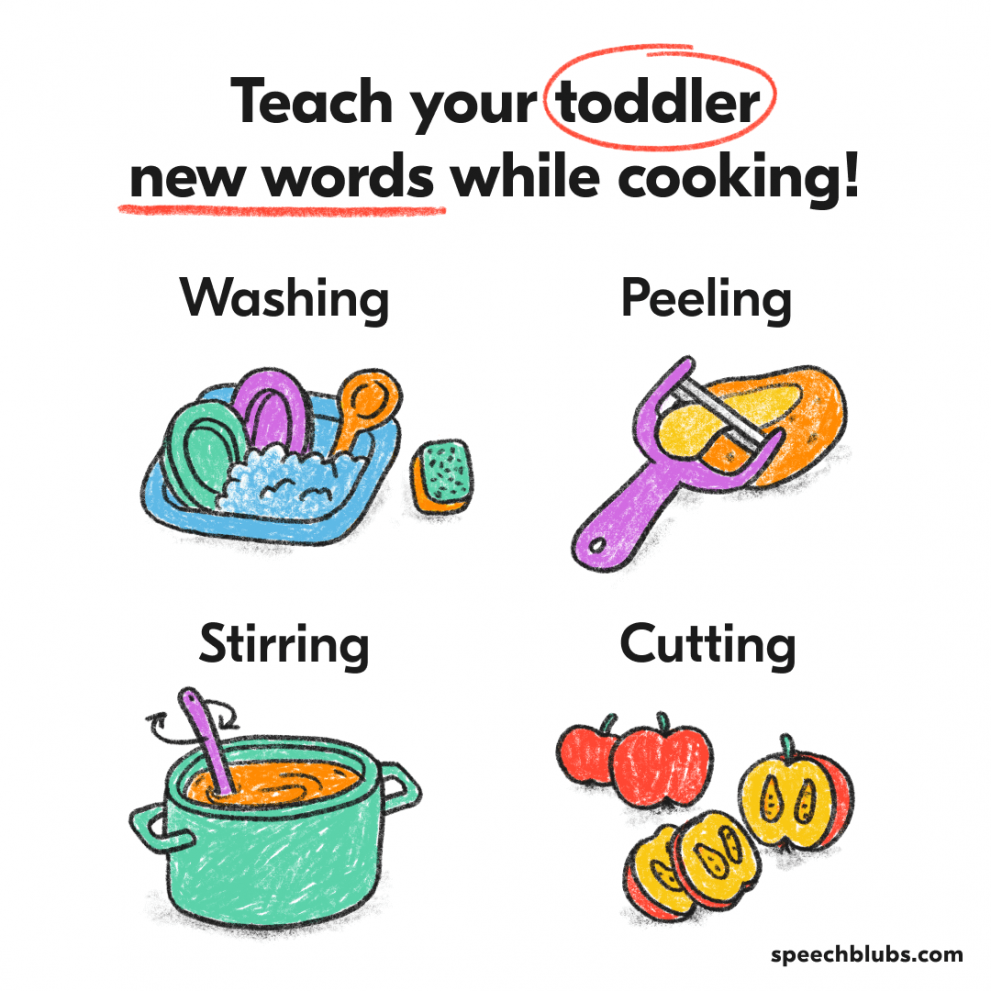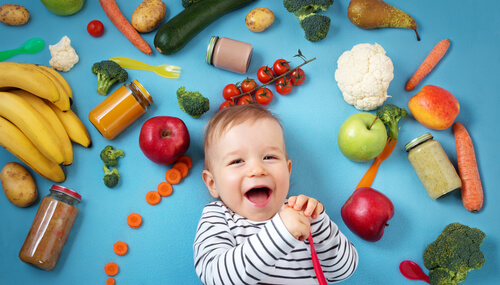11 Ways to Support Language during Your Family Meals
Jan 15, 2022 Getting your child to sit down and do therapy can be easier said than done. I find that food is the ultimate motivator! A little bit of therapy every day can make a big impact, so why not make mealtimes your daily opportunity for communication.
Family meals and gatherings are a great opportunity to model the use of language to babies and toddlers. Get the whole family involved and have a go!

1. Give Them an Empty Cup
Your child doesn’t need to use language if everything goes to plan, however making “mistakes” like giving them an empty cup gives them an opportunity to highlight the problem and request a solution. Try to not pre-empt everything your child needs, and see if it creates the opportunity for new language and requests.
2. Give Them One Bit at a Time
Like the above, you can just give a bit at a time. Meals and snacks is an opportunity to offer them just a little bit and gives them an opportunity to ask for more.

3. Give Them Choices
This doesn’t mean let them eat whatever they want, but where possible give them a choice during your family meals. This could be between red or brown sauce, do they want two or three fish fingers, or do they want it on a blue or green plate.
Firstly, the choice empowers them to make a decision, secondly when you give the choice it models clear and simple language, thirdly it allows them an opportunity to use language to request. If they aren’t using words yet, accept pointing or simple non-verbal cues as communication.
4. Practice Words before Mealtime
While your child is waiting for you to put dinner on the table, why not do some real-life language practice by showing them the “Yummy Time” section in Speech Blubs. Your little one can have fun with mini-games, riddles, sing-alongs, fun facts, sentence-building, and face filters to keep them occupied!
Best practice tip: If you are serving pizza, or introducing a healthy choice like broccoli, show them what you are preparing with Speech Blubs. That way they can immediately use the new words they hear in the real-life situation.
Boost Your Child’s Speech Development!
Improve language & communication skills with fun learning!

5. Name the Food
Quite simply name the food and items on the table while you serve and eat. Your child will listen and learn the vocabulary in a relaxed and social way.
The food section in Speech Blubs App is very popular among kids. Take advantage of that to repeat words you teach during your family meal time!
6. Name the Categories
Food items are broken up into categories, the most basic are fruit, vegetables, and meat, and the more complex being carbohydrates (“carbs”), dairy, and related categories such as vitamins, proteins, sweets, and herbs. There is an unending amount of vocabulary around food and drinks you can play with.
7. Practice Taking Turns
Conversations around the table are a great opportunity to catch up with the family. It allows you to ask and answer your child’s questions, but also your child can watch and listen to your conversations with others. You can model good turn-taking, waiting for your turn, and having the conversational floor. Try and not interrupt each other, and use simple language to help manage turns especially if you have lots of chatty siblings too, e.g. “Millie it’s your turn to tell us about…” or “Ben, wait for Sarah to finish her turn….”
8. Model Adjectives
Food can be hot, cold, hard, soft, smooth, sweet, sour, creamy, bitter, savory, chewy, crunchy, sticky . . . the list goes on. While you serve and eat the food for your family meal, model the wide range of vocabulary to describe the food you are eating.
9. Setting the Table
Give them a job and watch them learn! Following instructions, remembering what to do, learning the vocabulary around table settings and having responsibility for something allows them to practice following and using language in a functional and everyday life.

10. Cook Together
Get them involved and get cooking! There is so much language to model and practice around cooking: mix, stir, bake, fry, sizzle, crumble, half, divide, grams, pour, roll, whisk, grate, cut, peel, pip, core, crust, melt, boil, etc.
When cooking narrate with simple language for your child. Over time you may hear them trying out the new language in its functional setting.
11. Practicing Sitting
Family meal times are a time to stop and be together, but sometimes children can find this tricky. Learning to sit and listen are key skills for supporting communication development. Meals times can be an opportunity to practice these skills. If your child can maybe sit for 3 minutes try extend it to 4, then 5, etc.
